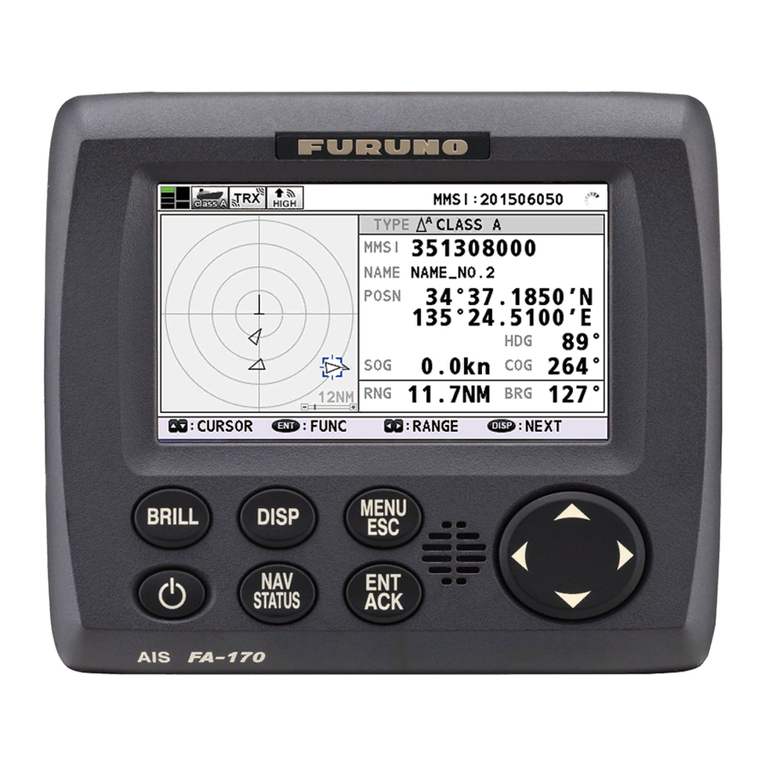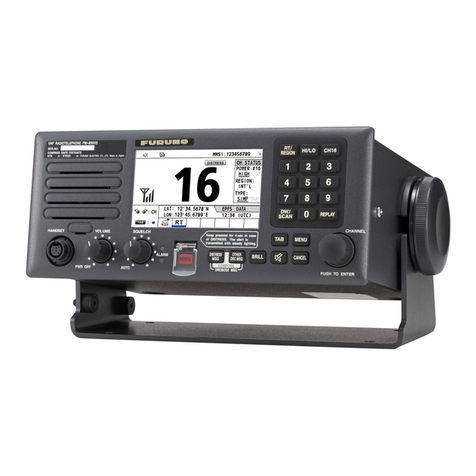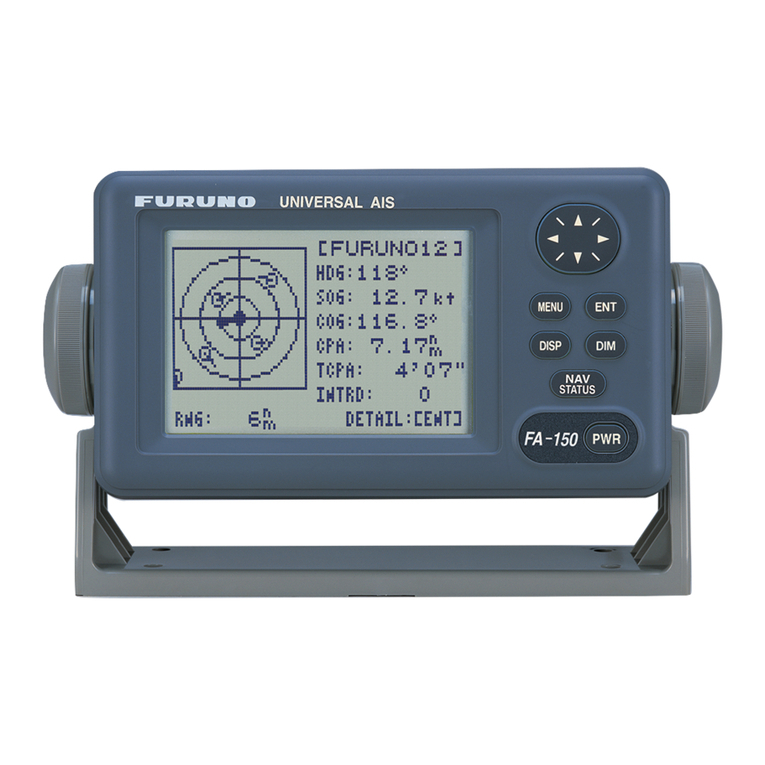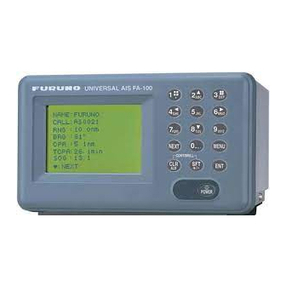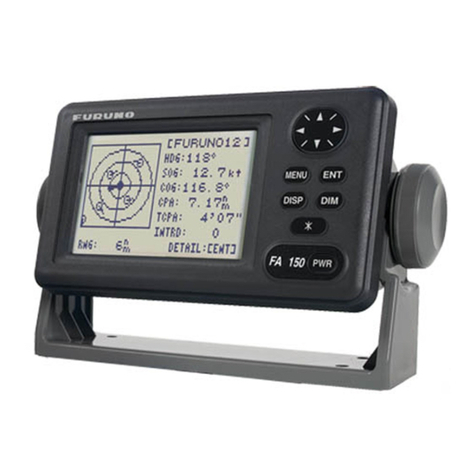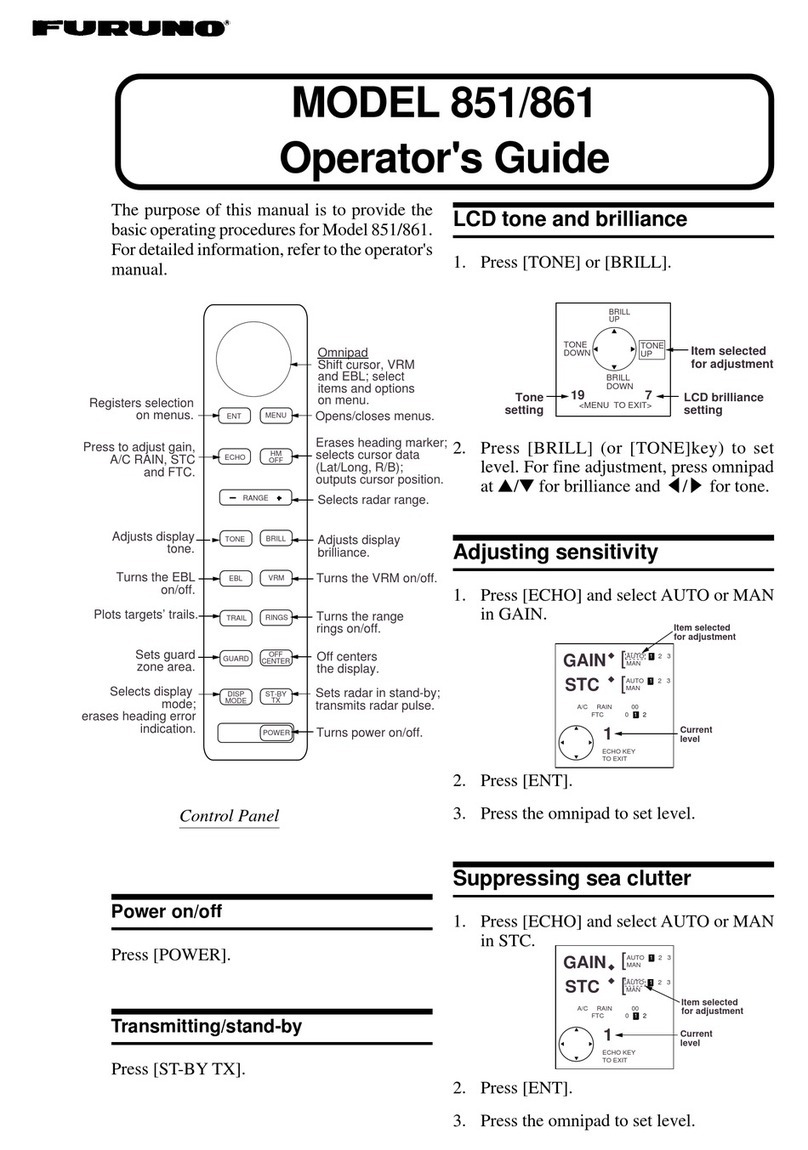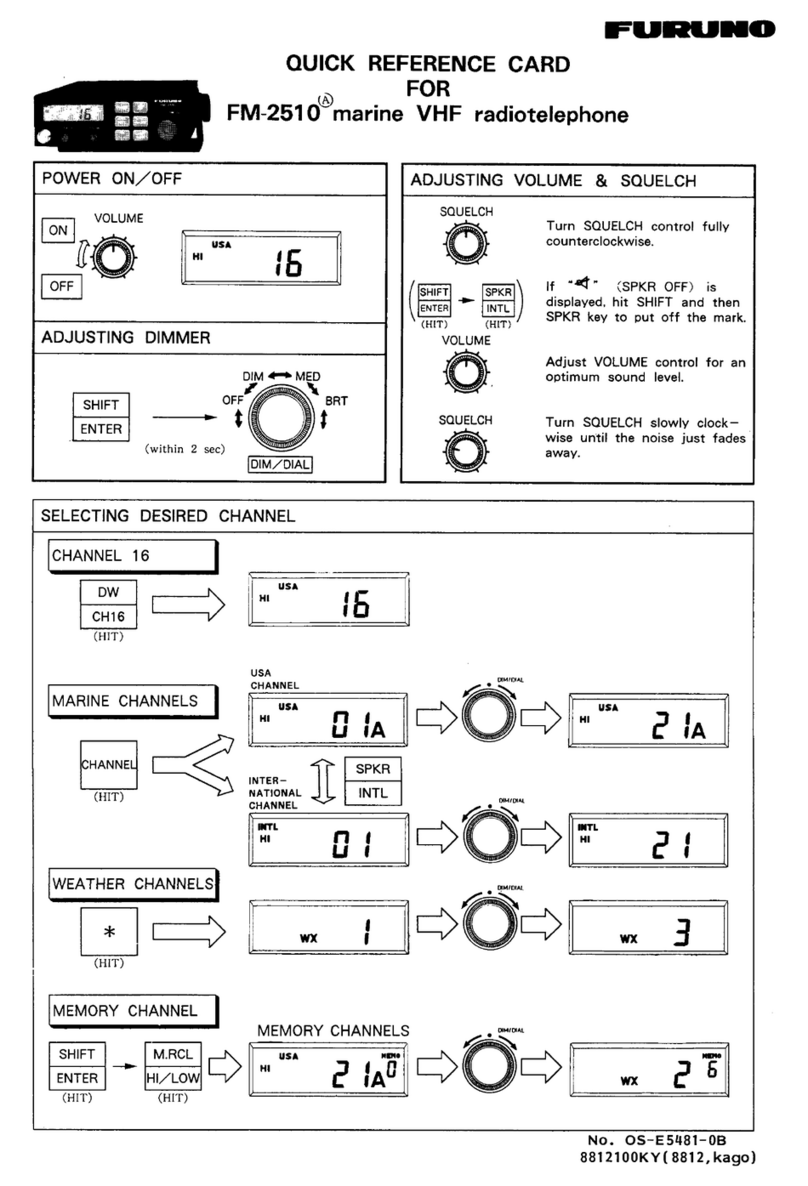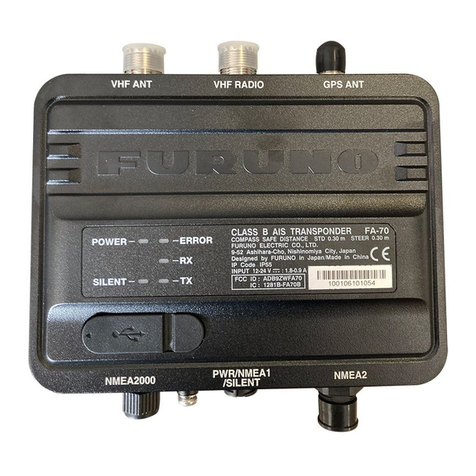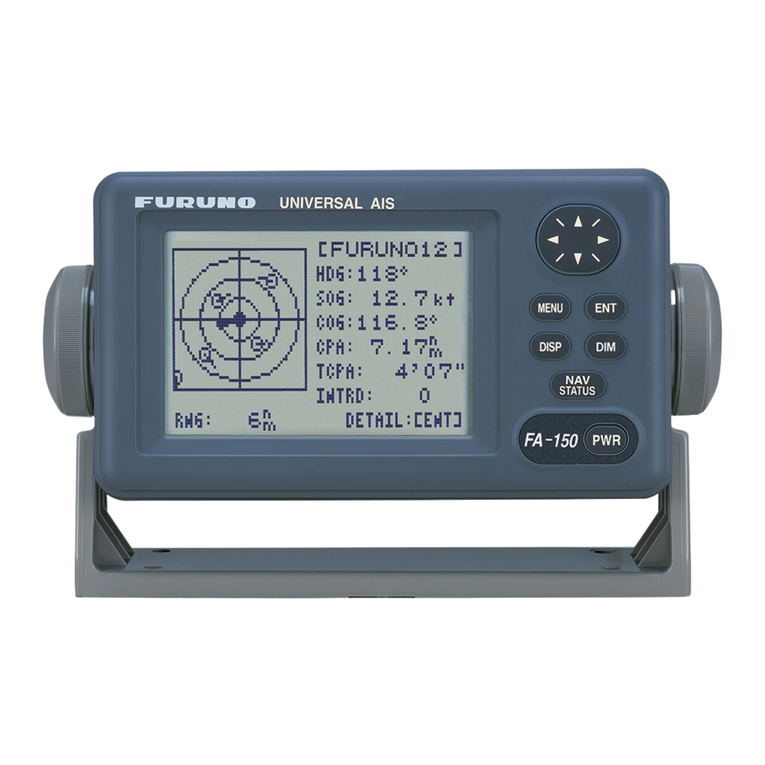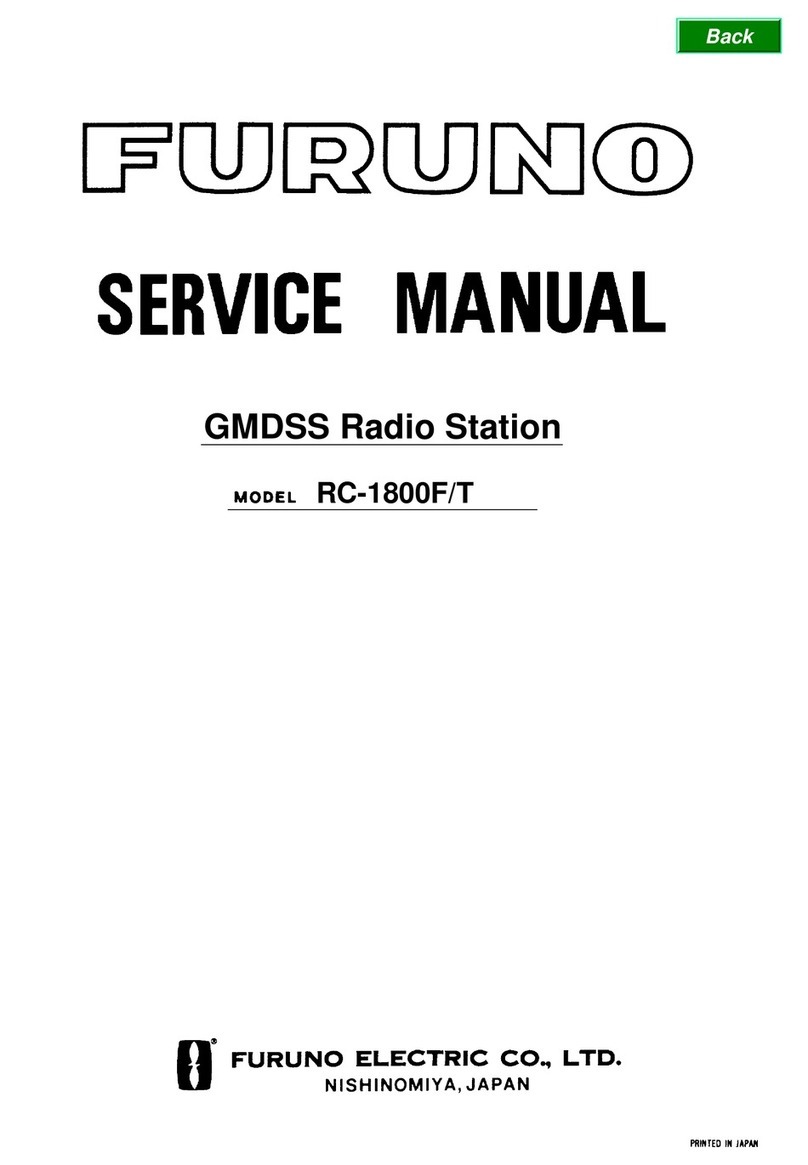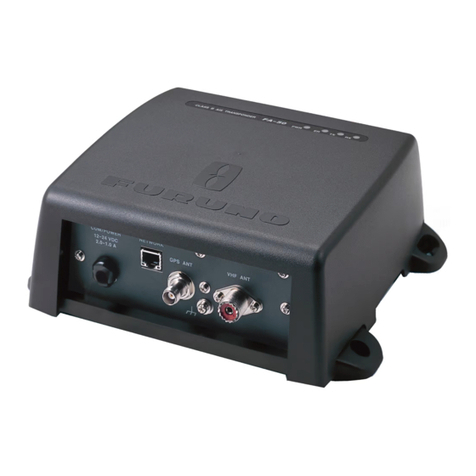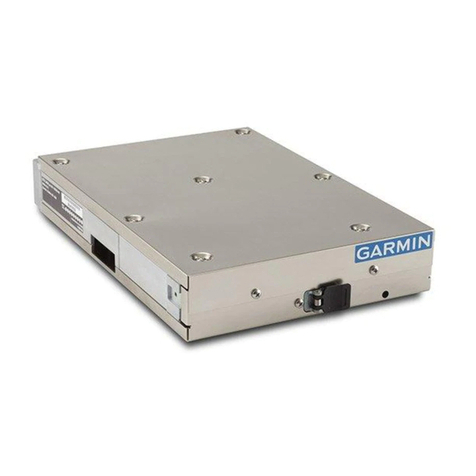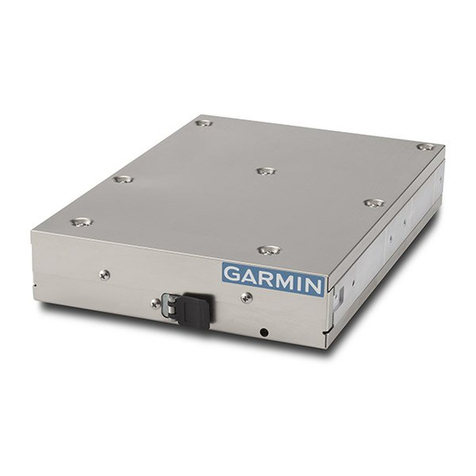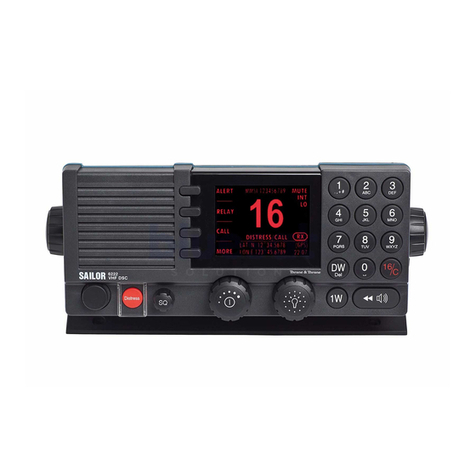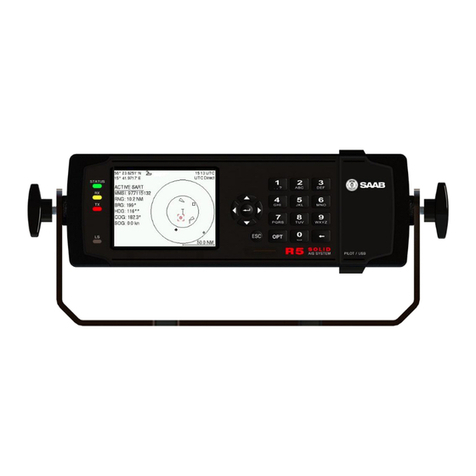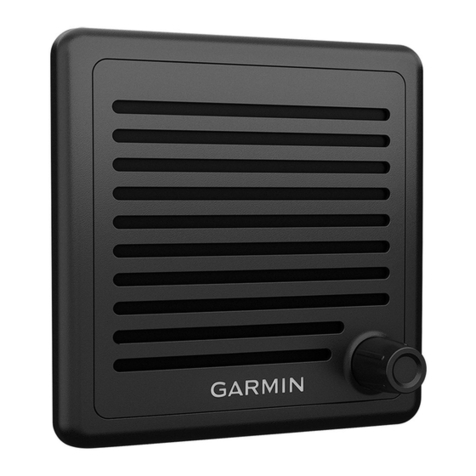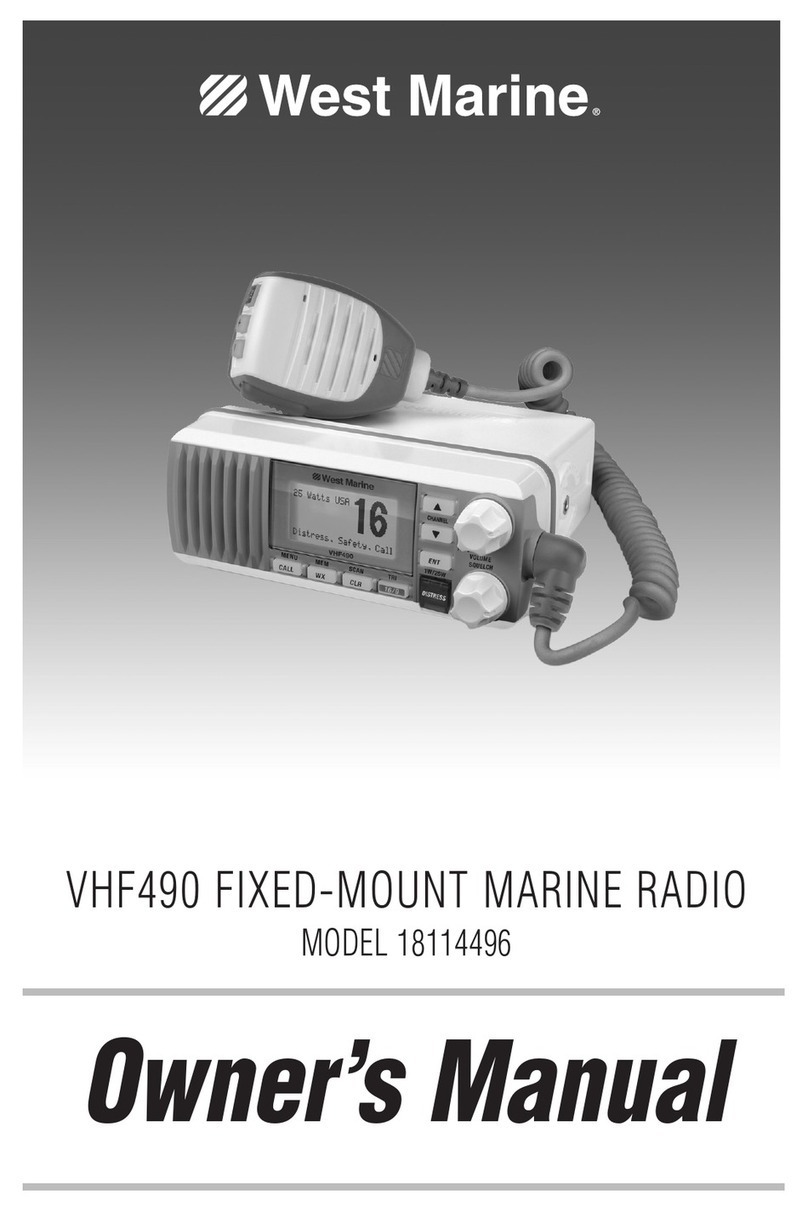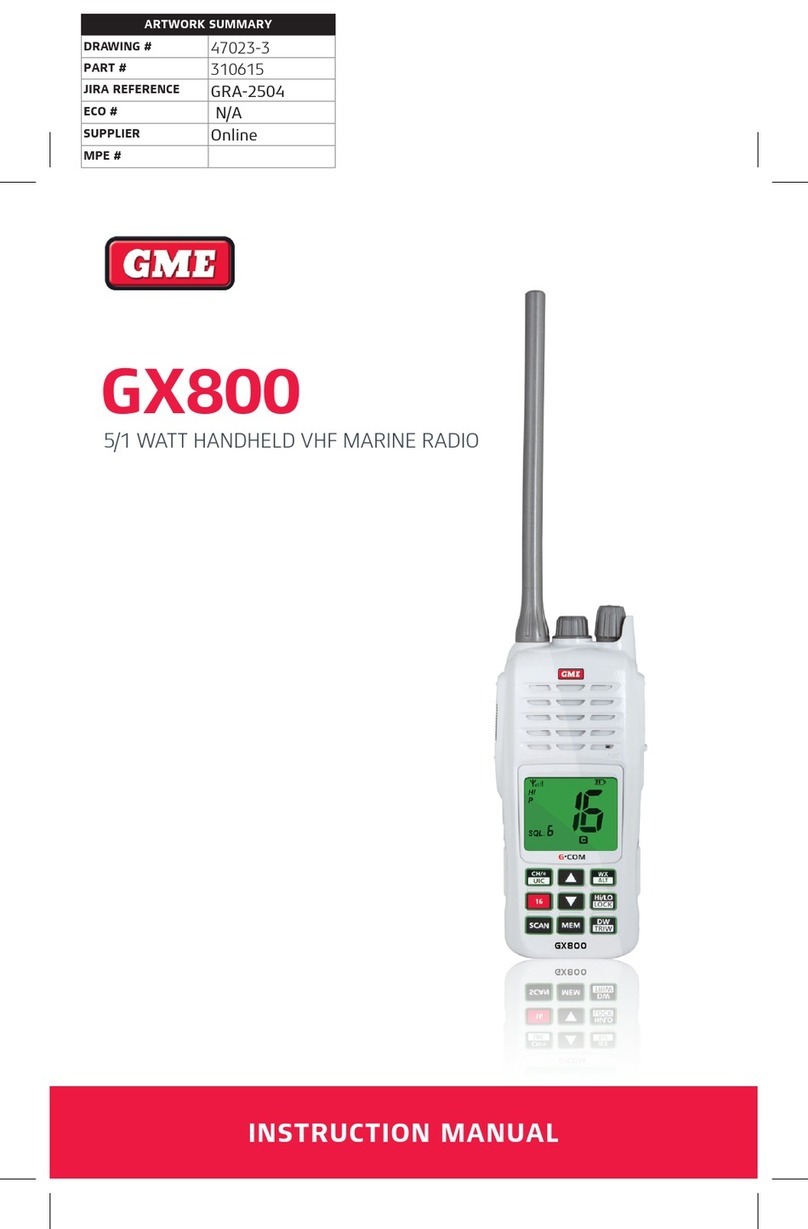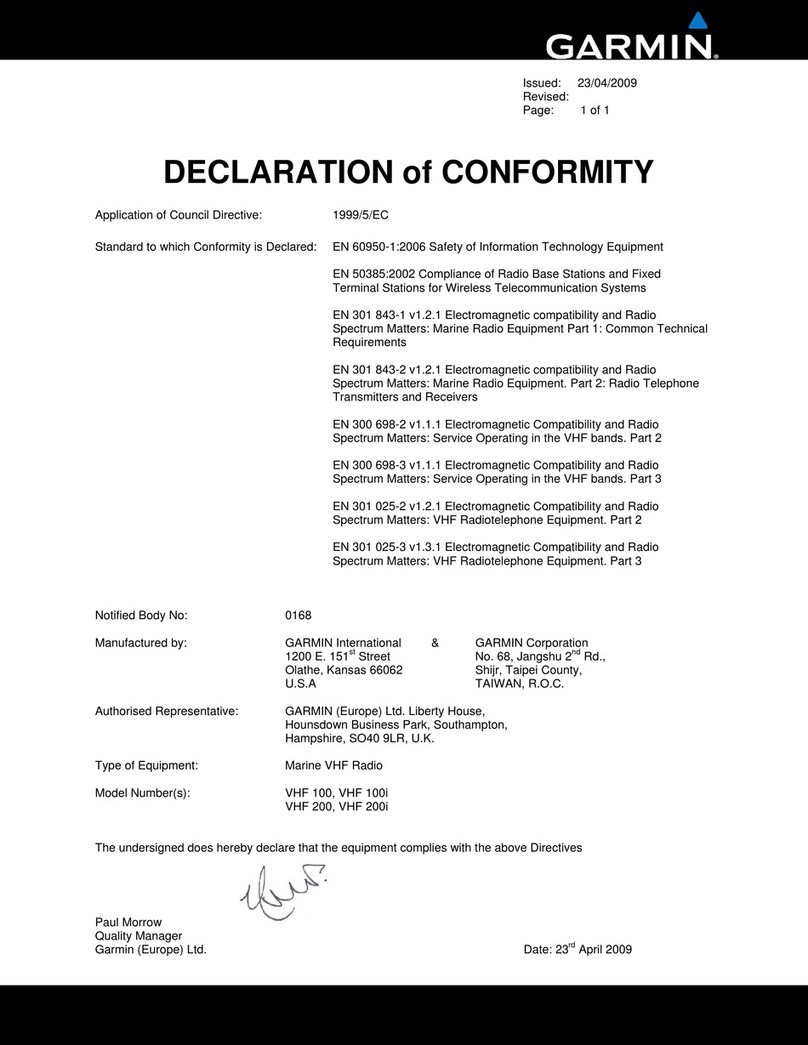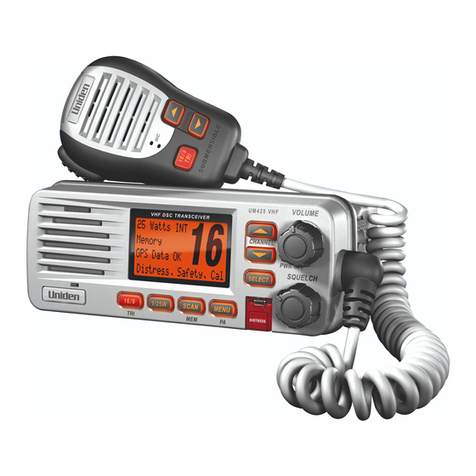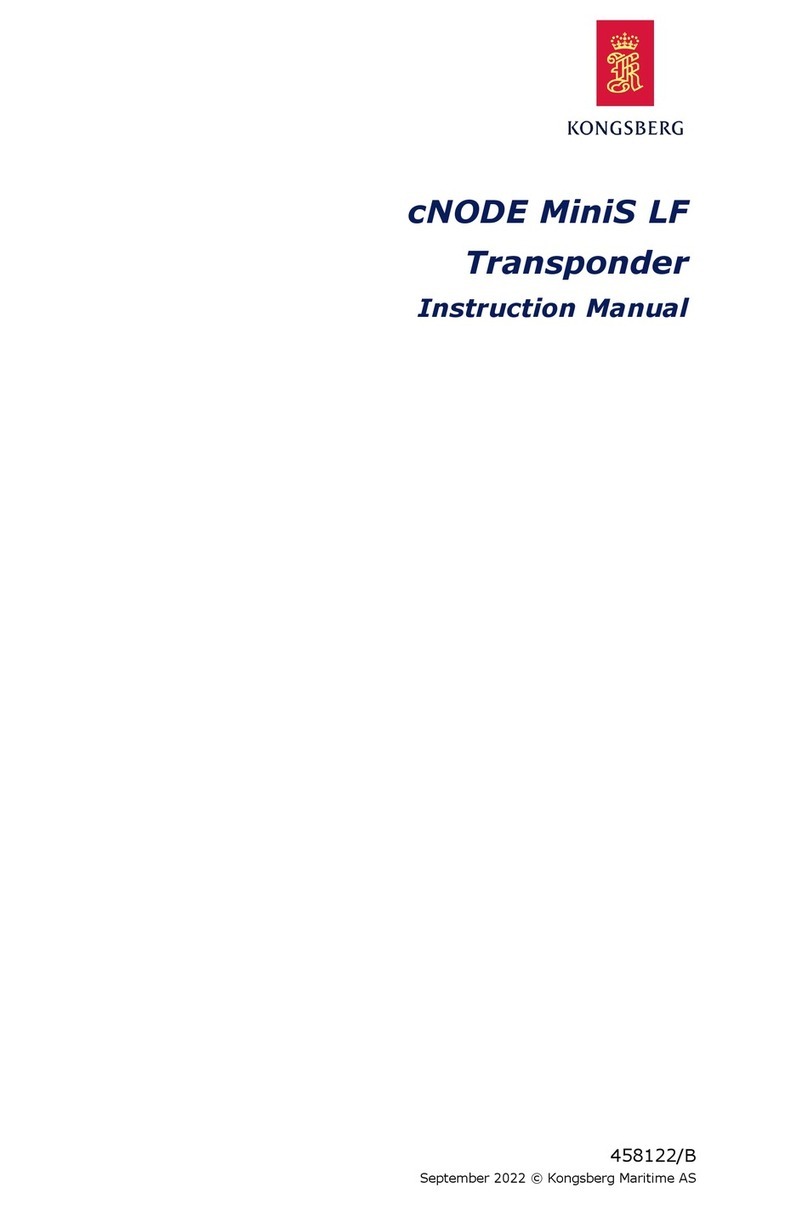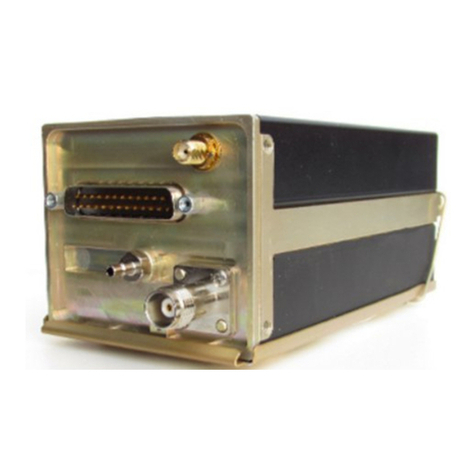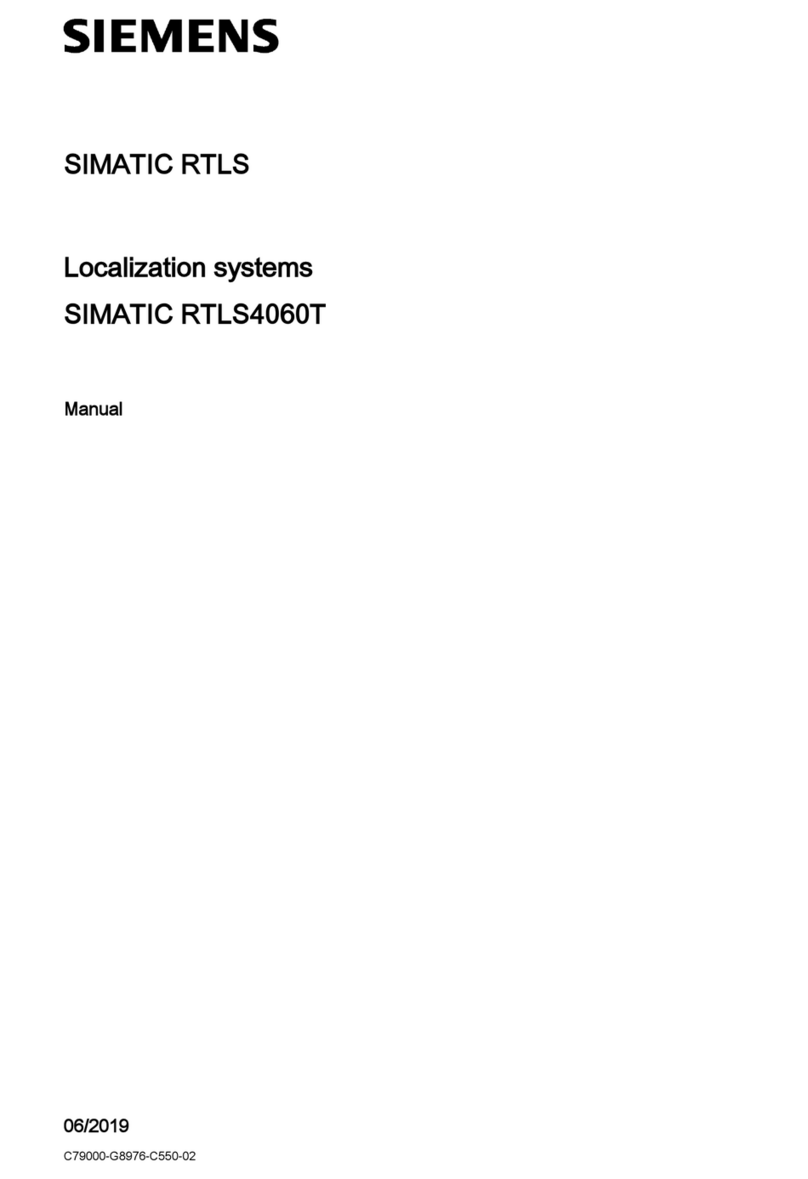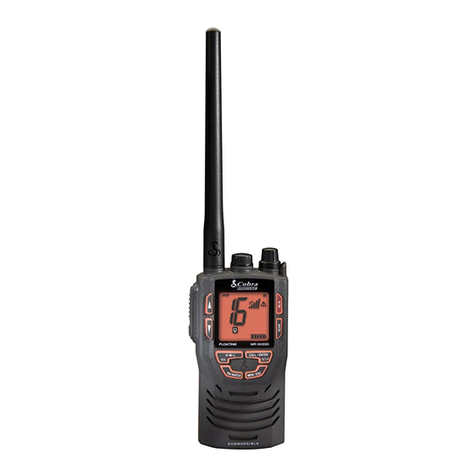
SCANNING FEATURES
The Pocket 4300 is equipped with three types of scan options: All Scan, Saved (Memory) Scan
and Priority Scan. If there are no channels in memory, the default is All Scan. This function
automatically searches for transmissions on the channel set being scanned. If a TX signal is
received, the scan stops on the receiving channel as long as it is present and the SCAN indicator
flashes. If the signal is lost for five seconds, the radio resumes scanning. During the Scan Modes:
Press the Channel ▲/▼(UP/DOWN) button to change the scan direction. UP increments the
channel while DOWN decrements it.
Press and release the SCAN button to terminate the SCAN mode. DW/TRI button do not function
and sound an error beep if pressed.
Note: Scan modes are disabled when the ATIS operation is active.
All Scan
Press and release the SCAN button when no channels are stored in memory to activate the All
Scan function. The SCAN indicator appears on the LCD during All Scan. In All Scan mode, all
channels in the channel set are scanned in sequence, assuming no channels have been stored in
memory. After the last channel number has been scanned, the cycle repeats.
Saved (Memory) Scan
Press and release the SCAN button when there is at least one channel in memory to activate the
Saved Scan function. In Saved Scan Mode, the “ ” and SCAN indicators appear on the LCD. In
Saved Scan mode, only the channels that have been saved in memory are scanned in sequence.
After the last saved channel number has been scanned, the cycle repeats.
Adding Channels to Memory
The Pocket 4300 can store any channel (including Private Channels). The stored channels are the
ones scanned in the Saved (Memory) Scan mode.
To Add Channels to Memory
1. During normal operation mode, use the UP/DOWN key to select the desired channel for
programming.
2. Press and hold the scan key for 3 seconds.
The “ ” icon appears to indicate the current channel has been saved in memory. Any number of
channels can be saved as memory channels.
To Delete Channels from Memory
1. During the normal mode, use the UP/DOWN key to select the channel to be deleted.
2. Press and hold the scan key for 3 seconds.
The selected channel is deleted from memory.
Using the Monitor Modes
The Watch Modes monitor the programmed Priority Channel and other user selected channel(s).
The watch is halted when activity is detected on a monitored channel. The Pocket 4300 is
equipped with 2 types of monitor operations: Dual Watch and Tri Watch.
Note: Monitor modes are disabled when the ATIS operation is active.
Page 4 of 8
